What’s On Our Minds? Contented Cows
THINK ABOUT IT.
“Work is contractual. Engagement is deeply personal.” This was the message from Richard Hadden, co-author of Contented Cows STILL Give Better Milk and speaker at a recent VACEOs Quarterly Luncheon.
“Satisfied employees give better performance,” explains Hadden. Or, put another way, contented cows give better milk. And that, Hadden says, “always finds a way to your bottom line.”
With the average job tenure at 4.6 years these days — and a growing mentality of “We’re not married to our jobs; we’re just dating”— it’s clear that business owners need to make their date with employees the best experience ever if we hope to retain the very best.
“Your best recruiting tool is your reputation as an employer, but it’s the reality of what it’s like to work there that will retain people.” – Richard Hadden
Hadden took us on a captivating journey using stories that began with us in the grocery store aisle, searching for fried onions, and ended with us in an extreme northern region of Scotland, preparing for battle.
His presentation was entertaining and top notch, and in the end, he challenged us with specific assignments geared to help us make the connection between people practices and profit performance. We learned that, as with any major change that evolves in the workplace, there will be employers who learn to adapt and burn the available fuel, and there will be those who don’t.
Will your company adapt or be left behind? Remember, everyone is hungry. It’s your job to understand what your people are hungry for.
Feel free to email us if you missed Richard’s talk. We’ll send you his notes!
This “What’s On Our Minds” moment is from the VACEOs Quarterly Luncheon presentation “Contented Cows Give Better Milk: Your People…Your Profit” with Richard Hadden (Thursday, September 22, 2016).
VACEOs members have access to national thought leaders on a regular basis – speakers like Richard Hadden, with unique voices not often heard in this market. Check out other member benefits.
Disaster Planning: Is Your Business Prepared?
How prepared is your business to handle a disaster? Would you go out of business if you had to shut down for more than a few days? According to the U.S. Small Business Administration, “roughly 40 to 60 percent of small businesses never reopen their doors following a disaster.”
Major disasters like earthquakes don’t happen every day in our region, but smaller-scale disasters – like server failures, power outages and fires – do. And disruptions of any kind can wreak havoc on a small business.
“Considering other types of disruptions is very important when you’re putting together a disaster preparedness plan,” says Michelle M. Cann, CPA, Chief Operating Officer, The Fahrenheit Group. “Things like technological or mechanical hazards, such as sudden facilities failure (power, HVAC systems, hazardous materials), and human-caused disruptions – such as cyber security events, civil disturbances or a health crisis affecting a key employee – can dramatically impact your business.”
“A good disaster or emergency operation plan can mean the difference between a manageable business disruption or a major, time-consuming, costly and perhaps even unrecoverable business failure,” adds Cann.
CREATING AN EMERGENCY PLAN
Most disaster recovery or emergency preparedness plans include five components: Program Management, Planning, Implementation, Testing and Exercises, and Program Improvement.
PrepareMyBusiness.Org offers several helpful checklists to help you create an emergency plan for your business. The worksheet listed below will ask you to think about who should be on your recovery and communications teams, where your alternate business location would be, and how your technology and data can be recovered. (Go to SBA Disaster Recovery Overview Checklist.)
Don’t be intimidated by the plan creation process. The simplest plans are often the best.
“Disaster recovery plans need not be complex or consider every possible hazard,” says Cann. “The most successful plans are simple and flexible. Designing a plan need not be a difficult process. In fact, starting with the basics, such as who to call with current contact information, is better than waiting until an extensive or all-encompassing plan can be designed.”
According to Cann, the best emergency plans are:
1. Simple and flexible 2. Designed by those most familiar with the key aspects of operations 3. Inclusive of the financial team 4. Communicated internally 5. Tested at least once a year.
Cann also offers some great advice for making sure your plan is tested periodically.
“Couple the review of the plan with another company event – an annual board or key business meeting, the budget approval process, or even the summer company event. Review should include testing elements of the plan, including company-wide communications to ensure the plan is operational. Fire drills, recovering test documents and calling backup IT services are just some examples of how to test the plan.”
Filtroil President Shares Lessons on International Expansion
When is it right to break into international territory? For Jeremy Leahman, the second time was the charm. With a nudge from his biggest client and guidance from a knowledgeable local resource, he’s become a bit of an international markets expert – even sharing his experience at the world’s largest industrial trade show this year. We sat down with him shortly after that to learn about his experience and how his business has changed. We also asked for a few pieces of advice for CEOs considering a move into an international territory.
Meet Jeremy Leahman
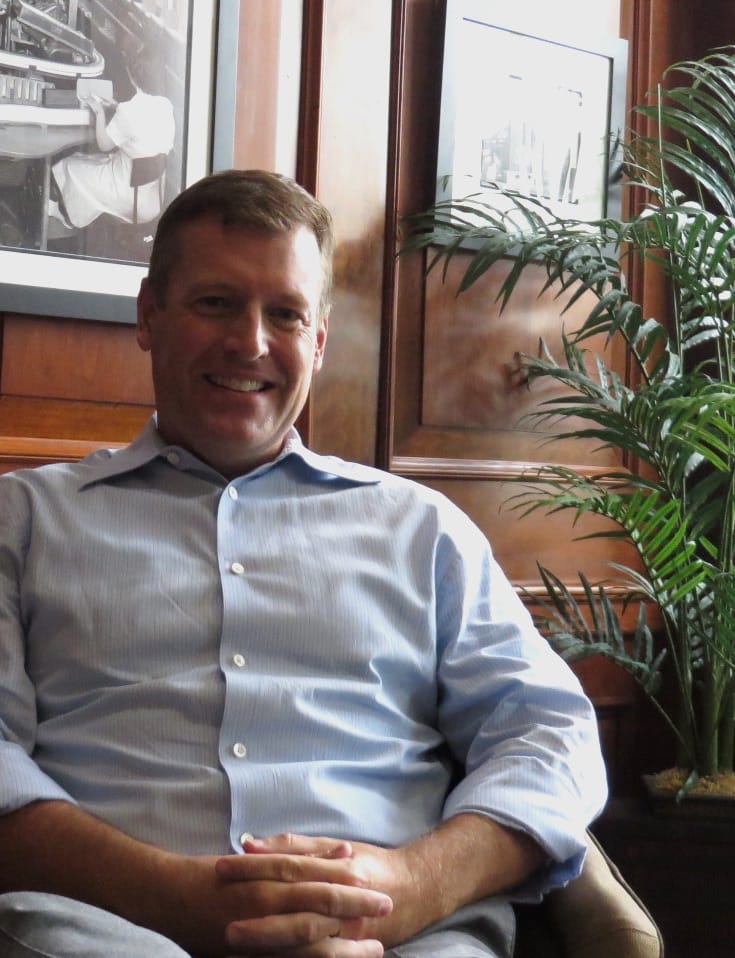 Leahman is president of Filtroil, he’s also a serial entrepreneur and four-year member of the Virginia Council of CEOs. He began his career at Filtroil in 1994 as a salesperson and was quickly groomed to become president – a post he accepted 1998.
Leahman is president of Filtroil, he’s also a serial entrepreneur and four-year member of the Virginia Council of CEOs. He began his career at Filtroil in 1994 as a salesperson and was quickly groomed to become president – a post he accepted 1998.
“Any industrial manufacturer uses oil in their assets, and that oil is the lifeblood of their machine,” explains Leahman. “We offer a niche filtration product that filters oil about five grades cleaner than new oil and keeps it that clean over the life of the equipment.” Filtroil’s systems are primarily an after-market product, sold by a distribution channel to those in the mining, cement, paper mill, metal stamping, construction, injection molding and trucking industries to name a few.
Filtroil Goes International: Take One
Filtroil’s first launch into Europe in the late 90s was, in Leahman’s words, “not successful.” “We opened up a lot of distributors, but none were really active, and the cost of doing business was very high,” he says. The events of September 11 and the downturn in the economy, coupled with Leahman’s attempt to launch three other businesses, fractured his profit margins.
Still believing his product had a future in international markets, Leahman hired a sales director in 2005 to cover the Latin American market. Around that time, he also streamlined his production costs, relocating one of his international manufacturing facilities from Japan to China and later started a joint venture there. Even so, it was a heart-to-heart conversation – not a manufacturing or operations decision – that ultimately proved to be the magic bullet for Filtroil.
When Your Biggest Client Says, “We Want To See More”
After graduating from the Darden School of Business at the University of Virginia Leahman was awarded its biggest contract with multinational oil and gas giant Exxon Mobil. Leahman recalls the advice he got from the company. “In 2008, Exxon Mobil said to me, ‘Hey, your product line is limited. It’s a niche product. It’s a great niche product, but it only works for a small portion of the oil sold in our industry. You need to make more filtration products – products that filter not only hydraulic oil, but also gear oils, engine oils and phosphate ester fluids. Additionally, it needs to work for many different applications in multiple industries, because distributors want broad product lines that cover the general industrial market to heavy duty equipment.’”
So Leahman got busy. Fast-forward to 2016, and his product line is much more extensive, and he’s ready to get serious about Europe.
Filtroil Goes International: Take Two
Leahman learned through his joint venture project in China that government agencies like the U.S. Commercial Service and the Virginia Economic Development Partnership (VEDP) can offer U.S. businesses vital information and resources at very little cost.
Leahman knew it was vital to Filtroil’s growth for him to attend the largest industrial show in the world – Hannover Messe – so he called Josh Kaplan, the local contact for U.S. Commercial Service. As it turned out, the U.S. was the official partner country for Hannover Messe for 2016, which meant millions of dollars’ worth of services were being offered through government agencies like Commercial Service to U.S. companies with an interest in attending.
“U.S. Commercial Service had so much infrastructure in place there,” says Leahman. “I was hammered with pre-marketing opportunities. It was amazing. I had 22 appointments set up before I even got to the show.” Kaplan also told Leahman about a VEDP program that could help him cover his booth expense. (To learn more, read “Filtroil Finds New International Customers through State Export Program Grant.”)
Filtroil Today
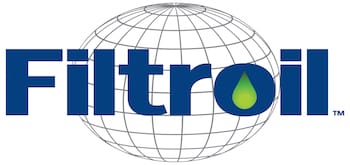 Leahman says his participation in Hannover Messe has paid off, as he has recently secured contracts with five solid distributors and has tallied sales in India, Portugal, Denmark, Bolivia and Poland. And, says Leahman, “That’s just the tip of the iceberg.”
Leahman says his participation in Hannover Messe has paid off, as he has recently secured contracts with five solid distributors and has tallied sales in India, Portugal, Denmark, Bolivia and Poland. And, says Leahman, “That’s just the tip of the iceberg.”
These days, Leahman meets once a month with Josh Kaplan, making sure he stays on top of leads from Hannover Messe. Leahman is also considering other state-supported programs, like the VEDP website translation program he just heard about, and a trade mission trip to South Africa. He’s hired a marketing and West Coast salesperson to handle his growing workload, and his sales director in Latin American is doing well.
This coming February, Leahman plans to attend the US Commercial Service, Discover Global Markets, Advanced Manufacturing Business Forum Series conference in Scottsdale, Arizona, and rumor has it he may be asked to give a lecture on his experiences with finding new distributors in global markets. While there, he’ll meet with the U.S. Commercial Service officers who have vetted a multiple number of distributors for him to consider, reconnecting him with the international trade managers he met at Messe. The future looks bright.
“For 2017, I see traveling to Europe four or five times. I can see setting up a warehouse with stocked inventory, and I would like to have 10 new distributors in place, with three that are really active and moving a lot of product.”
Considering Expansion Overseas? Six Lessons From Jeremy Leahman
Considering expansion abroad? Here’s some advice from a VACEOs member.
- Don’t expand internationally without the support of the U.S. government.
“There’s a lot of money available out there that I didn’t know about,” says Leahman. “If I had known about U.S. Commercial Service, I would’ve entered the market much more quickly. Your first call should be to them if you’re ready to go overseas. They will also help you conduct thorough due diligence to mitigate any risks.” - Take a focused approach.
“Be careful of spreading yourself too thin. You want to throw enough into the hopper so that you’ve filled the funnel, but you don’t want to overexpose yourself.” Leahman admits that in the past he has set up 50 or more distributors in a geography and hoped for the best. Those days are over. His new approach balances due diligence and his ability to travel in a cost-effective manner. - Invest wisely.
“You can’t just put your product in literature and expect a sale. You have to support your sales team and regularly travel with them.” Leahman estimates that each distributor costs him approximately $50,000 in product, travel time and effort, so it makes sense to weed out the distributors that aren’t a good fit before you make a trip overseas. U.S. Commercial Service’s International Partner Search and Gold Key Service are designed to do the due diligence for you for a very nominal fee. Of International Partner Search and Gold Key service, Leahman says, “It’s the best deal on the planet. Nothing I have come across in business in the last 22 years has been so cost effective.” - To be local or not? That is the question.
“One thing you need to decide is if you’ll have a local presence or not,” says Leahman. “It really depends on the size of your company. If you’re a medium to large manufacturer, you will need to have some kind of presence there. This is something U.S. Commercial Service can help with. In my case, the trade manager from the Netherlands, whom I found through my Commercial Service contact, helped me find a strategically located warehouse to supply product all throughout Europe.” - Setting up a distribution network? Be wary of distributor terms.
“I met with the Export-Import Bank of the United States at Hannover Messe and found that it’s not wise to take distributor terms for payment or collection. Use the Bank instead. For less than a 1% transaction fee, depending on the country, the Bank will guarantee any order up to 95%. So, for example, if I have a distributor in India who places a $100,000 order, I’m guaranteed 95% of that money, even if they don’t pay the bill. You’ll need to fill out some paperwork for each distributor to be protected by this program but it’s well worth.” - Got proprietary intellectual property? Protect it.
“If you have a patent or proprietary products or ideas, make sure you fill out the right global patent applications. You don’t want someone overseas stealing your ideas. Some countries have lots of protection built in place while others are far behind, so make yourself knowledgeable about specific geographies if you have something worth protecting. There are a lot of resources out there to help you with that.”
Making the Change: VACEOs Share Unique Rebranding Experiences
You’ve worked really hard to build your business, but how confident are you in your brand’s image in the marketplace? It’s in our DNA as CEOs to question, worry and wonder – and that can sometimes lead us down a path of an identity change for our business.
If you find yourself in that space, listen up. We caught up with three VACEOs members – all possessing a unique perspective on the issue.
- Greg Samuels’ company Solvaria just made its rebrand official, and he currently finds himself in the honeymoon phase: The hard work of the rebrand is done, and now it’s time to keep up the momentum and plan for the future.
- Duane Slyder of Seasonal Roots is leveraging his company’s new brand and operating model to expand into new markets, and gain the competitive advantage.
- Meril Gerstenmaier, of HG Engineering and Design, and her business partner recently decided to step back from what could have been the ultimate identity change – a merger.
Greg Samuels joined B2B Solutions in 2011. Two years later, he grew the database services side and added the division of fractional CIOs to the company. He became sole owner of the company in 2013.
Fast-forward to 2015: Samuels finds his business has a distinct appeal, and his director of marketing is pushing for a rebrand. “Over the years, we’ve dialed in to what we do, and that falls into two major buckets: database services and strategic technology leadership,” says Samuels.
Once they had a clear picture of their niche in the IT community, it was time to find a marketing partner that truly understood marketing services. Jennifer Evans, B2B’s director of marketing, vetted several candidates, and Rocket Pop Media made the final cut. After several focus groups and a lot of soul searching, the name Solvaria was chosen for the firm’s new brand.
“The name sounds like a place, and we’re building a culture around being ‘Solvarians,’” explains Samuels. “The root of the word ‘Solv’ gives a nod to the ‘Solutions’ piece of our former name, because at our core, we’re still a solutions-driven company. But we wanted a modern take on the name, and we love that our logo incorporates ‘VA’ in the name as well.”
Samuels gives full credit to Evans for making the recent transition a success. “Jennifer was a key player in this endeavor,” he says. “Nobody knows your business like you know it. You need people from the inside pitching in – people who know how to articulate what you do in different ways.”
Duane Slyder founded The Farm Table in September 2010. Back then, the company was a food delivery service limited in scope. Now, by supporting nearly 50 local family farms and artisans, they’re offering an online farmers market to nearly 3,000 customers across Virginia. “Our original name was too generic, and we needed a brand that resonated with our Members,” Slyder says. “ We asked them to vote on potential new names, and Seasonal Roots was the winner.”
The company’s rebrand was timed perfectly with the introduction of an improved business model focused on the customer experience.
“When we first started, we only offered static boxes of local produce,” says Slyder. “Now we are customizable, creating your online farmers market. Customers can pick the size of the basket they want, and what they want in it.”
Like Samuels, Slyder made the transition with help from an internal team of entrepreneurs. But unlike Solvaria, the staff at Seasonal Roots did a great deal of the initial rebranding legwork and decision-making themselves. “Being a startup, we didn’t have a lot of capital to hire a big marketing firm,” Slyder explains.
Slyder has now partnered with experts to help strategically as the company expands. A firm from California helped him zero in on a new name, Free Agents Marketing assisted him with branding and final visuals, and Lewis Media Partners is managing the media strategy.
HG Engineering and Design CEO Meril Gerstenmaier firmly believes that in order to be successful, you need to think outside the box. “I think in today’s economic environment, the worst thing that can happen to you is to keep doing the same thing forever,” she says. “I see a lot of people looking at options that 10 years ago they never would have considered. For us, that meant teaming up with different companies – including competitors – to win certain projects.” That line of thinking opened up a conversation with Raleigh-based engineering firm Stewart, Inc.
The opportunity seemed like a great way to quickly expand into engineering services, which, says Gerstenmaier, “we had every intention of doing, whether we merged or not. It felt like it would be better to tackle that market with a company that was already in that space. The opportunity arose, and we took it.”
Long story short, after 17 months, the merger didn’t work out, and Gerstenmaier found herself in the middle of an about-face. “We realized we were more comfortable with a smaller, folksier, niche-type position in the market, and that’s how our clients recognized us,” she explains. “It really made us understand how strong our brand was.”
Considering a merger?
“Think long and hard before you consider rebranding,” Gerstenmaier says. “Don’t feel rushed into anything.” She suggests having the courtship last at least a year. “Get to know each other, work on projects together. Get a sense of how the two businesses will complement each other and how it will or won’t work. Determine if the scale of their business and the processes they have in place will give you the lifestyle you envision after the merger.”
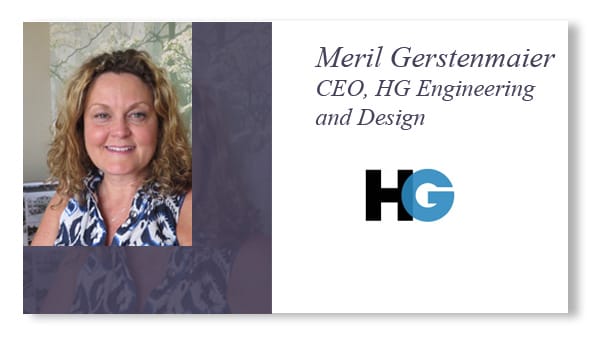
What do our other CEOs say? They all agree that if you do decide to rebrand, at some point you’ll need an external marketing resource to help you through the process. Go with a professional who has experience in rebranding.
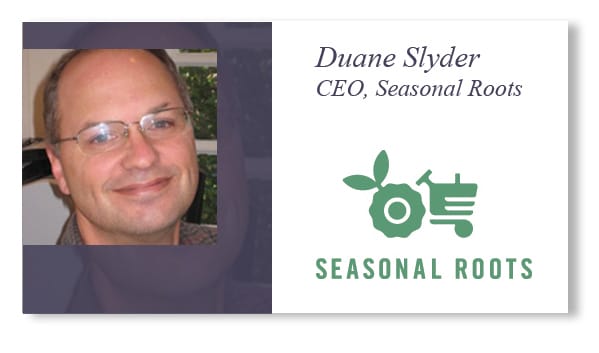 “I’m confident in how we managed the change, but it’s not a simple process,” says Slyder of Seasonal Roots. “It takes a lot of effort, and it can break you. We had to rebrand. If you don’t absolutely have to, I suggest you don’t. There’s too much at stake if your brand gets lost.”
“I’m confident in how we managed the change, but it’s not a simple process,” says Slyder of Seasonal Roots. “It takes a lot of effort, and it can break you. We had to rebrand. If you don’t absolutely have to, I suggest you don’t. There’s too much at stake if your brand gets lost.”
Samuels, only weeks off his official rebrand launch, has the most advice to offer. “Before you rebrand, ask yourself why. Why do you want to do this? It’s so much more than a name change. Think about your goals. Understand and define them. Be very clear about why you’re doing it. One VACEOs speaker gave advice about creating a very specific, long-term vision and how important it is to take the time to do that. Having that clear image will help you.”
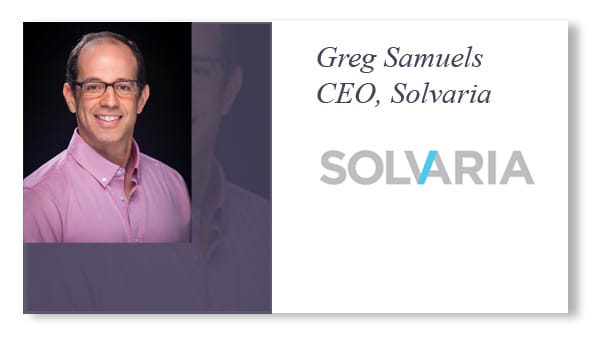 “Make sure you do a good job of communicating internally about what’s going on and what your vision is, and understand that there will be a ton of decisions that are involved in the process,” Samuels adds. “It’s big-picture stuff and tedious things – like letterhead, contracts, email signatures and shirts.”
“Make sure you do a good job of communicating internally about what’s going on and what your vision is, and understand that there will be a ton of decisions that are involved in the process,” Samuels adds. “It’s big-picture stuff and tedious things – like letterhead, contracts, email signatures and shirts.”
What’s life like today for these CEOs?
Our rebranding veteran, Duane Slyder of Seasonal Roots, says all of the items with the company’s old name have been replaced, and his business is finally beginning to grow again –although he still wrestles with brand confusion and market share. “We’ll probably speak in terms of, ‘Seasonal Roots, formerly known as…’ for awhile,” he says.
Greg Samuels, our newest identity changer, is (understandably) ecstatic. His website has been revamped, his systems have been updated, and he’s gotten some great press. “People recognize us as senior leaders in our two verticals, and we’re on a path toward growth,” he says. “We don’t want to be Richmond’s best kept secret.”
Of the three CEOs we spoke with, HG Engineering and Design CEO Meril Gerstenmaier might be in the best place of all. “I’m wiser, and I’m more confident in our ability to run and grow the business,” she says. Her business hasn’t lost a beat; in fact, it’s booming. She’s hired two in-house civil engineers and hopes to add more employees soon. Still attached to thinking outside the box, she’s considering new ideas for her business, including a succession plan that doesn’t involve an outside entity.
What Virginia CEOs are Reading This Summer
The members within the Virginia Council of CEOs hunger for knowledge. We thirst for relevant facts, crave tangible tactics, and relish a great story. Many of us are devoted readers — seeking out business books to enjoy like a good Session IPA. Here’s a list of what some of our members are reading now. What books will you consume this summer?
Tribe by Sebastian Junger
“I’ve read all of Junger’s books, including The Perfect Storm. This one is about how humans are wired to live and work in groups, and how our modern society isolates us.” – Scot McRoberts, Executive Director , Virginia Council of CEOs
What critics say: ”Junger has raised one of the most provocative ideas of this campaign season — and accidentally written one of its most intriguing political books.” – The New York Times
Deep Work by Cal Newport
“I have just started this book, but felt the need to improve and hone my focus skills. As our days becomes more hectic and the pace of distractions increase, focus become more challenging. I am expecting this book to help with that challenge.” – Mark Creery Sr., President, Data Directions
What critics say: “As a presence on the page, Newport is exceptional in the realm of self-help authors.” — New York Times Book Review
The Challenger Sale by Matthew Dixon
“This is a great book about B2B selling because it’s backed by extensive research, and it applies a new perspective on how to achieve a competitive advantage in the B2B selling space. I work with several companies in the B2B space, and this book has given me some meaningful principles and practices to grow their sales performance.” – Neal Lappe, Founder & CEO, WebStrategies Inc., author, The Forensics of B2B Selling: A Field Guide to Selling Success in the B2B Space
What critics say: “I believe that this is one of the most important books on sales in the last two decades.” – Anthony Iannarino, international speaker, author, sales leader.
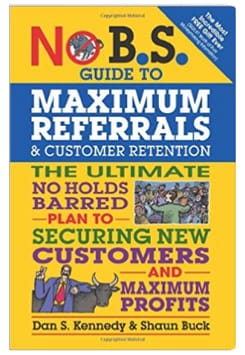
No. B.S. Guide to Maximum Referrals by Dan Kennedy
“I’m currently reading Dan Kennedy’s book No B.S. Guide to Maximum Referrals and Customer Retention: The Ultimate No Holds Barred Plan to Securing New Customers and Maximum Profits. I recommend it to all business leaders or marketing professionals.” – Randy Sklar , CEO, Sklar Technology Partners
What critics say: “For the experienced and new business owner alike.” “Helpful read for the product and/or services provider.” “A Book With a High ROI.” – Amazon reviewers


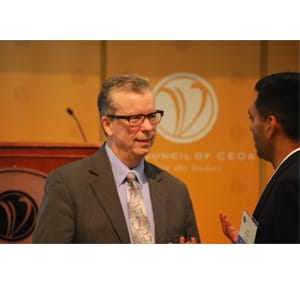
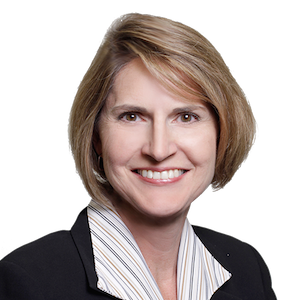
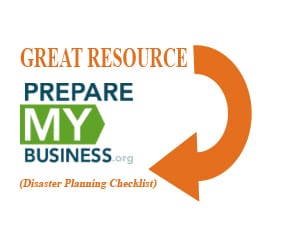
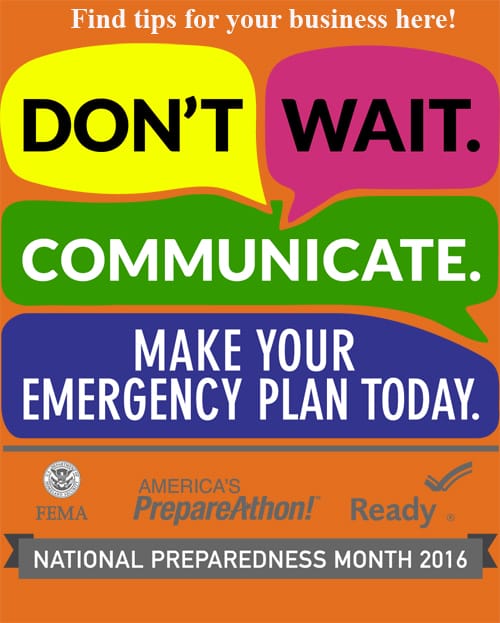
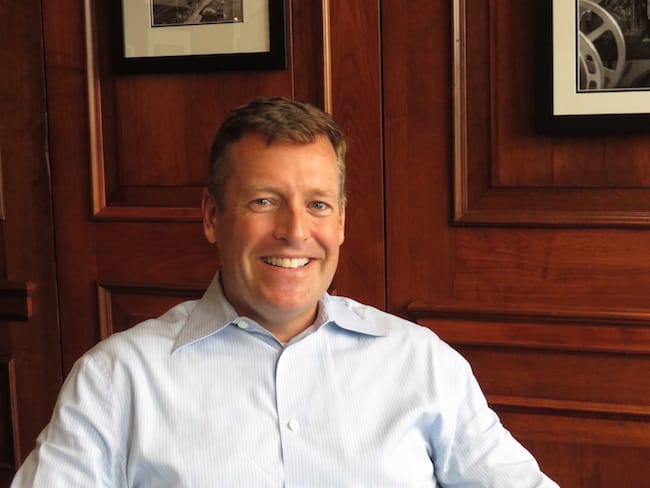





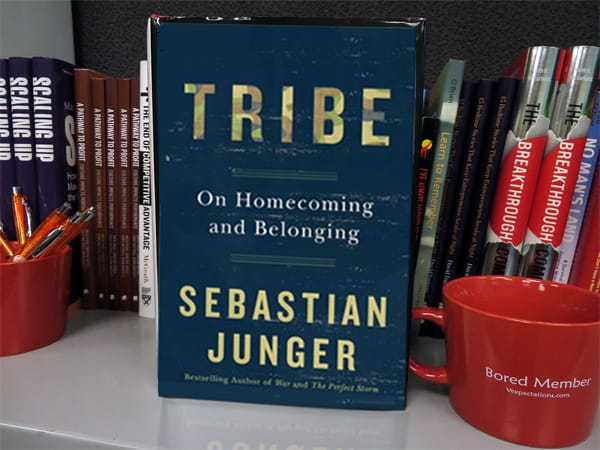
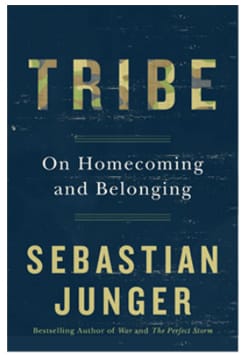
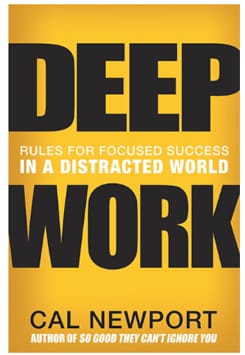
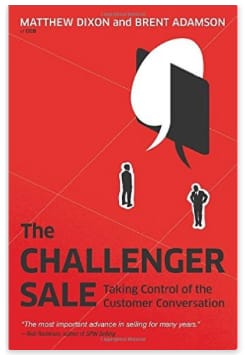
Recent Comments